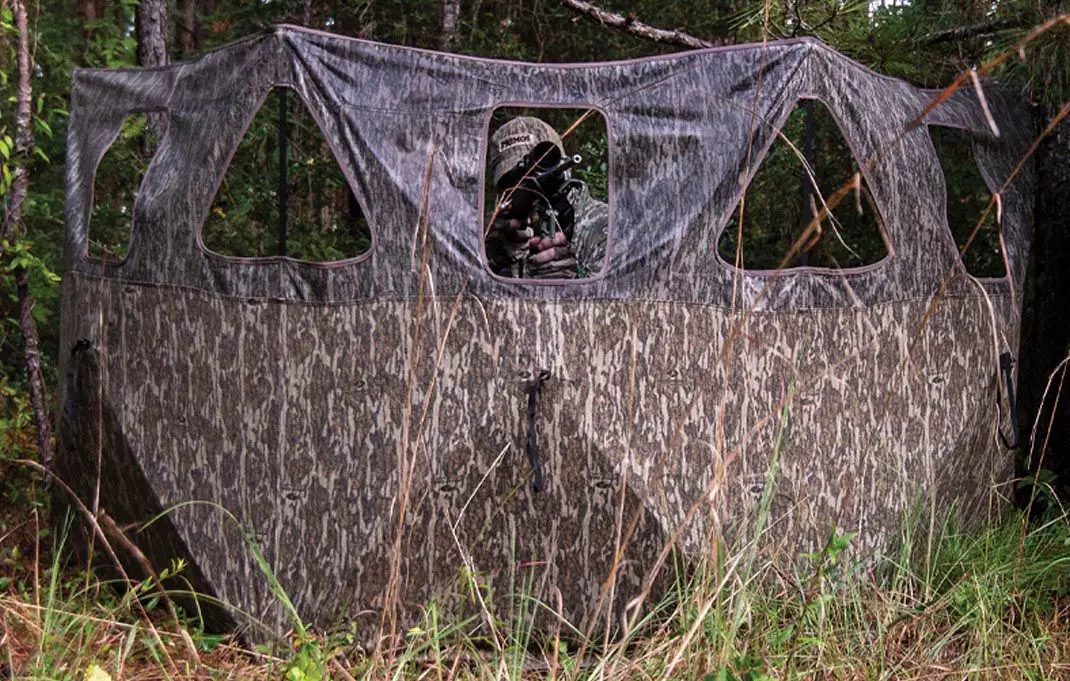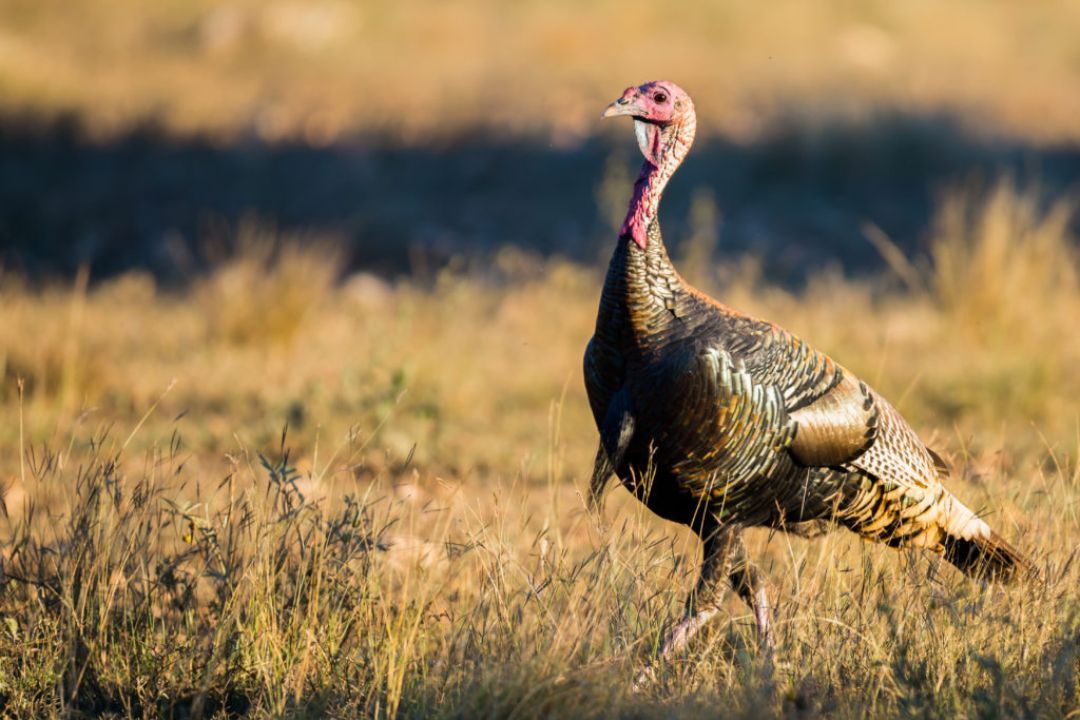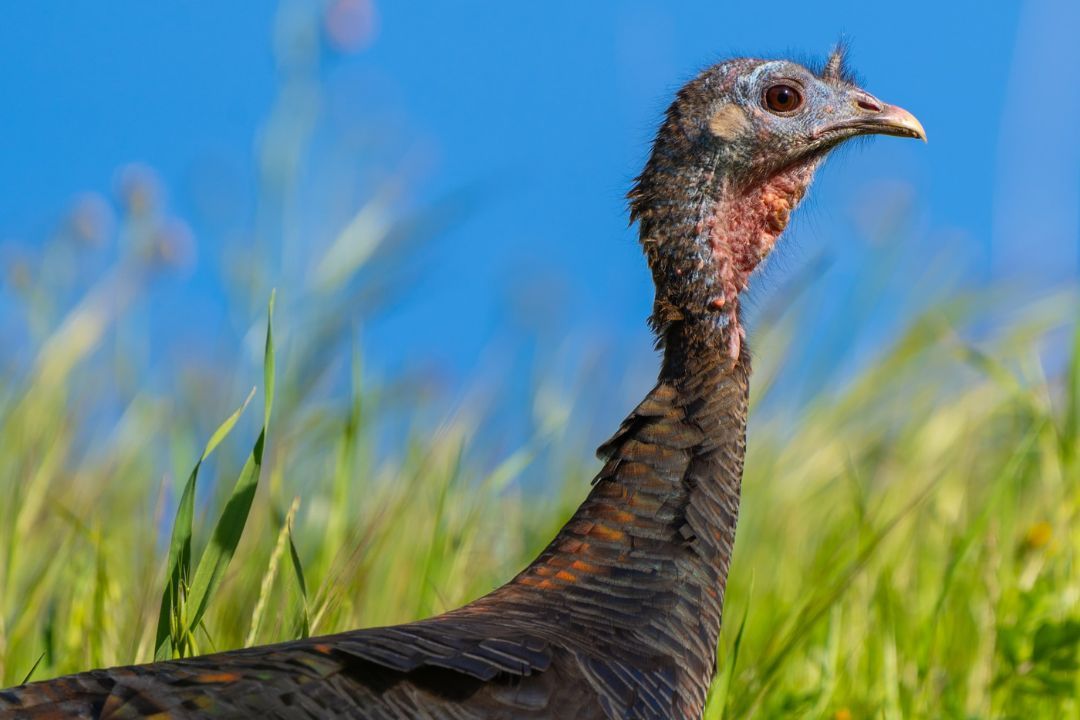The Ultimate Guide to Turkey Hunting Success: Outsmart These Elusive Birds
Transform from novice to turkey hunting pro. Our comprehensive guide reveals the essential tactics for a successful and rewarding hunt. Get started today!
The wild turkey, an emblem of North American resilience, challenges hunters with its cunning and adaptability.
Once teetering on the brink of extinction, dedicated conservation efforts—largely driven by hunters—ensured the iconic bird's triumphant return. This guide serves as your initiation into the world of turkey hunting.
We'll arm you with the knowledge to pursue these magnificent birds, from understanding their elusive nature to the essential skills and strategies for success.
Key Takeaways
→ Understanding the behavior and habitat of turkey subspecies is crucial for locating them during hunting seasons.
→ Familiarity with hunting regulations, including season dates, bag limits, and permitted hunting hours, ensures legal and ethical hunting practices.
→ Proper preparation, gear selection, and adherence to safety protocols are essential for a successful and responsible turkey hunting experience.
Meet the Quarry: Wild Turkey Species
Turkey hunting enthusiasts often seek the thrill of pursuing various subspecies, each with unique characteristics. Variations in appearance, habitat preference, and even vocalizations can influence your hunting strategies.
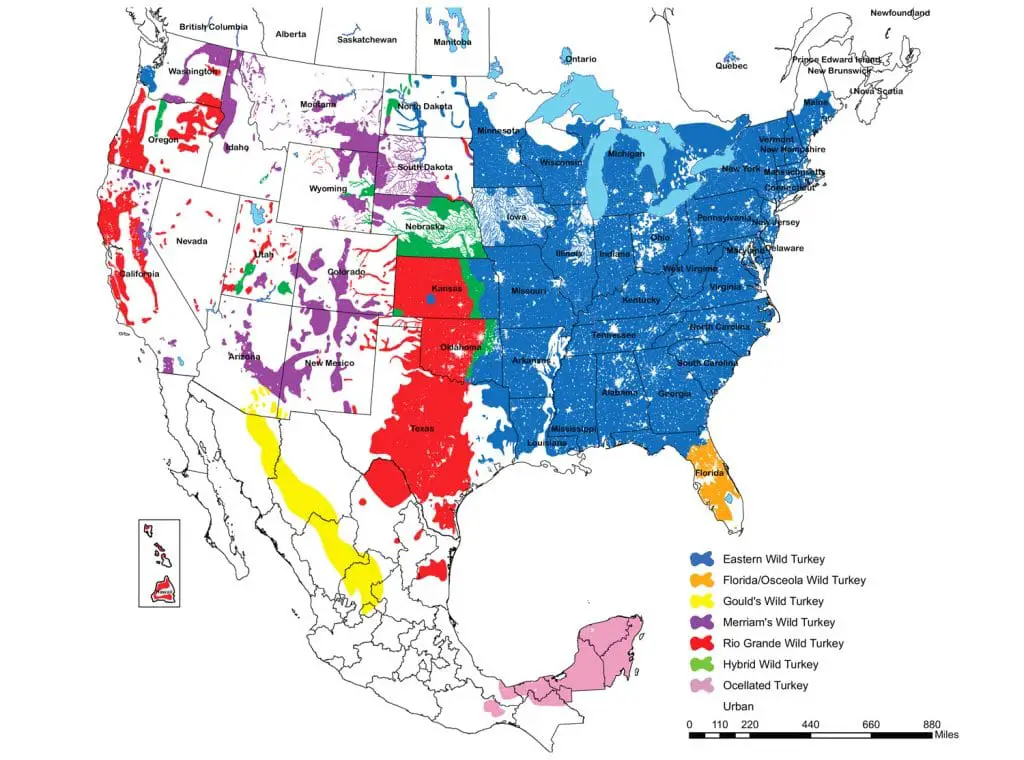
North American Wild Turkey
The North American wild turkey is the most widespread and provides the foundation for our understanding of these iconic birds. Here's a breakdown of the primary subspecies:
- Eastern: Found throughout the eastern half of the US. They boast rich chestnut feather tips and bold black-and-white barring on their wings.
- Osceola: Also known as the Florida wild turkey, they inhabit the Florida peninsula. Their darker overall coloration and iridescent green-purple sheen sets them apart.
- Rio Grande: Primarily found in the brush country of Texas and the Great Plains. Their long legs and pale feather tips are ideal adaptations for open terrain.
- Merriam's: Inhabiting the mountainous West, Merriam's turkeys have lighter bodies and iridescent bronze reflections in their feathers. Hunting them are one of the most challenging experience.
- Gould's: These magnificent birds are the largest subspecies, found in isolated populations in the Southwest and Mexico. They have striking white-tipped tail feathers and a bluish sheen to their body feathers.
Ocellated Turkey
Found in the Yucatan Peninsula, the ocellated turkey is a visually stunning species. Their iridescent plumage, featuring bold blue and bronze "eyespots" on their tail, sets them apart from their North American counterparts.
Understanding these different wild turkey subspecies is crucial for a successful hunt.
Subspecies | Typical Geographic Range | Size (Average Male Weight) | Key Features |
Eastern | Eastern US | 16-24 lbs | Chestnut feather tips, Bold barring |
Osceola | Florida | 16-18 lbs | Darker overall, Green-purple sheen |
Rio Grande | Texas, Great Plains | 20-30 lbs | Long legs, Pale feather tips |
Merriam's | Mountainous West | 18-30 lbs | Lighter body, Bronze reflections |
Gould's | Southwest, Mexico | 20-30+ lbs | Largest subspecies, White-tipped tail |
Successful turkey hunters must be adept at identifying the sex and age of their targets to avoid legal charges. Male turkeys, or gobblers, display prominent features such as a beard, spurs, and a fan of tail feathers.
Juvenile males, known as jakes, have shorter beards and less pronounced tail feathers. Female turkeys, or hens, lack these characteristics and are generally smaller.
Age can be determined by examining the length and sharpness of the spurs, with longer, sharper spurs indicating an older bird.

Where Turkeys Roam: Understanding Their Habitat
Locating wild turkeys is the first step toward a successful hunt. By understanding their essential needs and how to identify signs of their presence, you'll gain a significant advantage in the field.
What Turkeys Need
Wild turkeys require a specific mix of resources to thrive:
- Food:
- Seasonal Variation: Acorns, insects, berries, seeds – their diet changes with the seasons. Knowing what's available in your hunting area is key.
- Open Areas: Turkeys need patches of grass or fields for foraging, especially during spring when insects are essential for young poults.
- Water: A reliable water source (streams, ponds, puddles) is crucial, especially in arid regions.
- Roosting Trees: Large, mature trees provide safe overnight roosting sites, protecting them from predators.
- Strutting Grounds: Open areas where toms can display their impressive plumage to attract hens during the breeding season.
Recommended Read - Turkey Hunting in Michigan
Scouting for Evidence of Turkeys
Learning to read turkey sign dramatically increases your odds of finding a promising hunting spot. Focus on these telltale clues:
- Tracks: Distinctive three-toed footprints, often found in soft soil near field edges or water sources.
- Droppings: "J-shaped" for toms, more rounded for hens. Fresh droppings indicate recent activity.
- Feathers: Moulted feathers can reveal the presence of turkeys and potentially even the sex of the bird.
- Dusting Areas: Shallow depressions in dry soil where turkeys take dust baths to control parasites.
Pre-Hunt Scouting Strategies
- Maps & Aerial Photos: Identify areas with a mix of open fields, mature woods, and water sources.
- Pre-Dawn Listening: Position yourself near potential roosting areas and listen for gobbles at sunrise, pinpointing where turkeys are spending the night.
- Focused Observation: Spend time watching fields and forest edges, especially during early morning and late afternoon when turkeys are most active.
Hunting wild turkeys requires understanding of their habitat preferences. Turkeys are adaptable birds, but each subspecies has favored environments. Habitat Preferences by Subspecies
- Eastern: Prefer hardwood forests interspersed with fields.
- Osceola: Flourish in the subtropical environment of Florida, often found near swamps and palmettos.
- Rio Grande: Thrive in arid, open areas with brushy cover.
- Merriam's: Favor higher elevations with mixed coniferous and deciduous forests.
- Gould's: Their range includes mountainous areas with open woodlands and grasslands.
Deciphering Turkey Behavior for Effective Hunting
Understanding where turkeys live is only the first step; the true hunter learns to think like their quarry. By deciphering their social structures, seasonal habits, and distinct vocalizations, you'll gain the ability to anticipate their movements and tailor your tactics accordingly.
The Pecking Order: Flocks & Toms
- Spring Toms: Driven by breeding, gobblers establish dominance hierarchies. Dominant toms attract hens, while subordinate birds may hang on the periphery, making calling strategies more complex.
- Fall Flocks: Turkeys form flocks often segregated by sex and age during the fall season. Identifying flock composition aids in patterning their movements between food sources and roosts.
- Lone Toms (Possible Anytime): A mature gobbler on his own can be especially responsive to calls, as he's actively seeking companionship.
Creatures of Habit: Predictable Patterns
- Roosting Rituals: Turkeys favor large, mature trees for overnight roosting. Observing their evening flight paths or listening for gobbles at dawn pinpoints these key locations.
- Daily Grind: Turkeys need food, water, and open areas for strutting (in spring). Mapping out potential routes between these resources can reveal prime ambush spots.
- Weather Matters: Rain, heavy winds, or extreme cold can alter typical turkey patterns, making them focus on sheltered roosting spots or reliable food sources.
Mastering Their Language: Calls & Sounds
- The Gobbler's Call: A loud, resonant gobble is the classic tom turkey sound, used to assert dominance and attract hens. Variations in rhythm and intensity can convey different moods.
- The Hen's Vocabulary: Yelps, clucks, and purrs are softer, subtler sounds. Mastering hen calls can lure in a tom or even a whole fall flock.
- Beyond Vocals: The drumming of a strutting tom, the wing whistles of turkeys taking flight – all offer clues for the observant hunter.
Turkey Hunting Seasons
Turkey hunting holds a rich history in North America. And understanding the timing of wild turkey hunting seasons and the associated tactical shifts is essential for a successful and ethical hunt.
Spring Turkey Hunting
Spring marks the most popular and widely recognized turkey hunting season. Driven by breeding behavior, toms are highly vocal and responsive to calls, offering thrilling encounters.
- Gobbling Activity: Mating season drives toms to gobble frequently, both to attract hens and challenge rivals. Calling strategies focus on imitating hens or provoking territorial responses.
- Peak Times: Turkeys are most active in the mornings as they come off the roost and search for mates.
- Focus Points: Locate roosting areas by pre-dawn listening and target strutting zones in fields or open areas.
Fall Turkey Hunting
With the focus shifted from mating to feeding, fall turkey seasons requires a different approach.
- Flocks & Food: Turkeys form flocks, often segregated by sex and age. Pinpointing reliable food sources like berry patches, agricultural fields, or mast-producing trees is key.
- Scouting & Patterning: Careful observation of flock movements and feeding patterns can reveal prime ambush locations.
- Alternative Tactics: Calling can still be effective, but decoys and careful positioning near food sources often present the best opportunities.
Hunting in the Rain
While less common, turkey hunting in rainy conditions can be successful with the right preparation.
- Opportunity: Turkeys may be more reluctant to move long distances in rain, making them concentrate near food or roosting areas.
- Gear & Comfort: Waterproof clothing and blinds are essential for staying dry and focused during a rainy hunt.
- Calling Considerations: Wet conditions can dampen sound travel. Louder calls and a shorter calling sequences may improve your chances of getting a response.
Winter Turkey Hunting
Limited to specific regions with suitable populations, winter turkey hunting presents a unique challenge.
- Survival Mode: Food scarcity is the primary concern for turkeys in winter. Locating consistent food sources is paramount.
- Roosting Reliance: Turkeys heavily rely on thermal cover provided by roosting trees in harsh winter weather. Scouting roosts can lead to concentrated birds.
- State-Specific: Due to the potential impact on winter survival, winter turkey seasons are less widespread and often highly regulated.
Season | Behavioral Focus | Key Hunting Strategies | Considerations |
|---|---|---|---|
Spring | Breeding: Toms actively gobbling and seeking hens | * Locate roost trees by listening at dawn * Target strutting zones (fields, clearings) * Mimic hen calls or use gobble calls to provoke a response | * Peak activity often mid-morning * Weather can significantly impact gobbling activity |
Fall | Feeding: Flocks prioritize food sources | * Scout for acorns, berries, insects, agricultural fields * Pattern flock movement between feeding and roosting areas * Set up ambushes near food sources, use decoys | * Calling less predictable, focus on flock vocalizations * May require more patience and careful observation |
Rain | Limited movement, focus on roost/food | * Target known food sources or roosting areas * Waterproof gear and shelter are essential * Adjust calling volume and frequency to match conditions | * Safety concerns: wet terrain, reduced visibility |
Winter | Survival: Finding food, conserving energy | * Only in select areas, check regulations carefully * Locate reliable winter food sources (waste grain, browse) * Scout roosting areas in sheltered locations | * Potential negative impact on winter survival * May require specialized cold-weather gear |
Wild turkey hunting seasons provide distinct challenges and rewards. But, beyond the challenge, the changing seasons offer opportunities for hunters to connect with the natural rhythms of the outdoors and to participate in a time-honored tradition.
Turkey Hunting in Different States: Challenges and Opportunities
While the fundamentals of turkey hunting remain consistent, the experience can vary significantly based on regional habitat, subspecies distribution, hunting pressure, and regulations. Understanding these nuances is key for planning out-of-state hunting adventures.
Spring Hunting Hotspots
- The Midwest: States like Missouri, Wisconsin, and Iowa boast robust turkey populations and a blend of agricultural land and hardwood forests, offering classic spring hunting scenarios.
- Challenges: Hunting pressure can be higher in easily accessible areas.
- The Southeast: From Alabama to Virginia, the long spring seasons and abundance of suitable habitat create ample opportunities to pursue gobbling toms.
- The West: States like Nebraska, South Dakota, and even portions of California and Oregon offer unique spring hunts for Merriam's, Rio Grande, or mixed subspecies.
Fall Hunting Destinations
- The Northeast: With expansive forests and strong turkey populations, states like Pennsylvania and New York provide excellent fall hunting focused on flock dynamics.
- The Great Plains: From Kansas to Texas, the mix of open terrain and scattered timber along waterways offers good fall hunting potential.
- The Southwest: Limited to specific mountain ranges in Arizona and New Mexico, hunting Gould's turkeys in fall often involves rugged terrain and careful scouting.
Popular Hunting Grounds
- National Forests: Across many regions, National Forests provide extensive public land access with diverse turkey habitat. Research specific regulations thoroughly.
- Wildlife Management Areas (WMAs): State-managed WMAs often offer well-regulated hunts. Permit applications or lottery systems may be in place.
- Private Land: Securing permission on private land can open up less pressured areas but requires respecting landowner relationships.
Before venturing into any new hunting territory, meticulously studying the following is mandatory:
→ State Regulations: Season dates, limits on number of turkeys harvested, and tagging procedures
→ Terrain & Habitat: Utilize maps and aerial imagery to your advantage
→ Public Land Opportunities: Understand access rules and restrictions
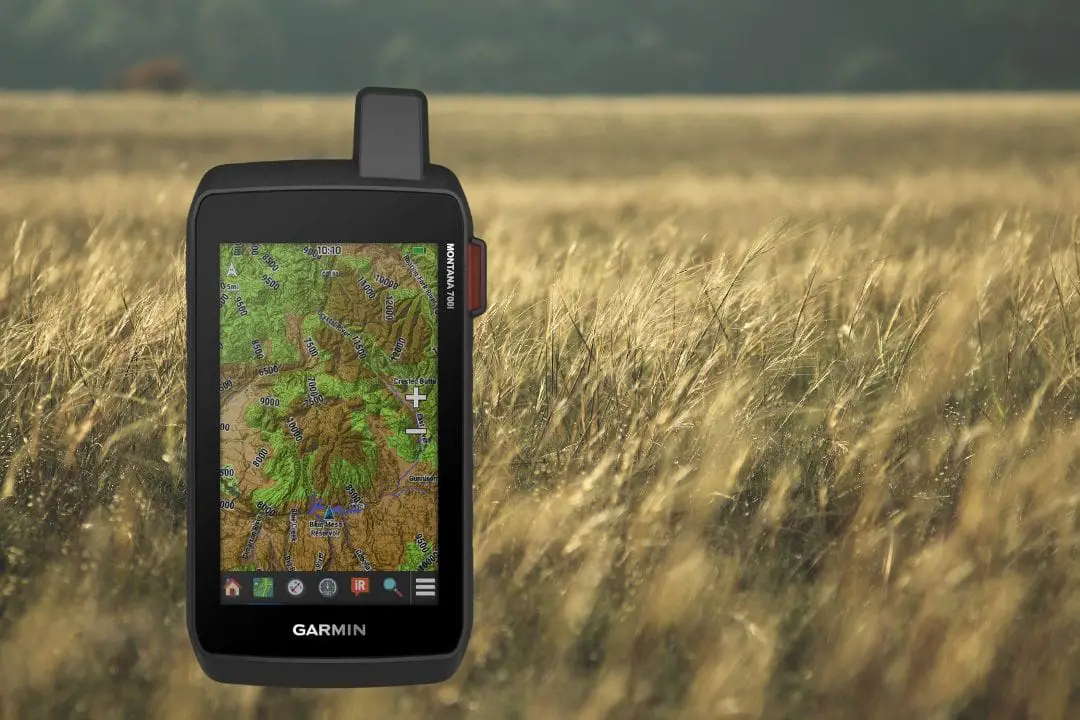
The Rules of the Hunt: Regulations & Safety
Turkey hunting, like all responsible wildlife pursuits, operates within a framework of regulations and ethical practices designed to ensure a sustainable future for the sport and the birds themselves. Understanding and adhering to these rules is non-negotiable.
Licensing & Tagging: The Non-Negotiable
- The Foundation: Every turkey hunter must possess a valid hunting license and any required turkey-specific tags or permits before heading into the field.
- No Excuses: Claiming ignorance of the regulations is not a defense. It's your responsibility to thoroughly research the rules for your target state and hunting area.
- State Wildlife Agencies: The official websites of state fish and wildlife agencies are the most reliable source for up-to-date licensing and tagging information.
Blaze Orange: Safety First
- When & Where: Many states mandate the wearing of blaze orange clothing (hats, vests, etc.) during specific turkey seasons or on certain lands. Check regulations carefully.
- Beyond the Law: Even when not legally required, blaze orange significantly enhances your visibility to other hunters, potentially preventing tragic accidents.
- Situational Awareness: Blaze orange does not make you invincible. Always positively identify your target and what lies beyond before taking a shot.
Ethical & Responsible Hunting
- Shot Placement: Responsible hunters strive for clean, ethical shots that minimize the chance of wounding and losing a bird. Familiarize yourself with turkey anatomy and practice at the range.
- Landowner Respect: If hunting on private land, always secure permission beforehand and show respect for the property.
- Leave No Trace: Pack out all trash and minimize your impact on the environment. A positive image of hunters benefits the future of our sport.
Penalties for Violations
- Significant Consequences: Poaching or violating hunting regulations can carry hefty fines, loss of hunting privileges, and even equipment confiscation.
- Beyond the Fines: Unethical behavior damages the reputation of all hunters and undermines conservation efforts.
Hunters must familiarize themselves with these regulations to avoid legal penalties and support conservation efforts.
Fines and Consequences for Hunting Without a License
Consequence | Description | Potential Examples |
|---|---|---|
Fines | Monetary penalties imposed for the violation | * $500 for a first offense * Up to $5,000 for repeat offenses or poaching protected species |
Restitution | Paying compensation for the economic value of the illegally taken wildlife | * Based on a calculated value per animal, can be thousands of dollars |
Jail Time | Potential incarceration for serious or repeat offenses | * Up to 1 year in jail depending on the state and circumstances |
Hunting Privilege Suspension | Revocation of the right to obtain hunting licenses for a period of time, or even permanently | * 1-5 years suspension common, length varies by state |
Gear Confiscation | Law enforcement may seize equipment used in the illegal hunt | * Firearms, bows, vehicles, or other gear involved |
Essential Gear for Turkey Hunting
Successful and enjoyable turkey hunting requires careful gear selection. While specialized equipment can be tempting, a beginner can thrive by focusing on these core essentials:
Choose Your Weapon
- Shotgun: A 12-gauge or 20-gauge shotgun is the most common choice for turkey hunting.
- Choke: A specialized turkey choke constricts the shot pattern for a denser, more lethal spread at longer distances.
- Ammo: Look for high-velocity turkey loads with heavy shot designed to penetrate the bird's tough feathers and bones.
- Bow: Increasingly popular, compound or traditional bows offer a challenging and rewarding turkey hunting experience.
- Broadheads: Specialized turkey broadheads with wide cutting diameters are designed to maximize damage and quick, ethical kills.
Calling Essentials
- Box Call or Friction Call: Box calls are often easier for beginners to master, producing realistic hen yelps, clucks, and purrs. Other turkey call options include slate calls or mouth (diaphragm) calls.
- Locator Call: A loud owl or crow call can be used at dawn to provoke a shock gobble from roosted toms, helping you pinpoint their location.
Clothing & Comfort
- Camouflage: Break up your outline with a camo pattern that matches your hunting environment. Head-to-toe camouflage, including face coverings and gloves, increases your concealment.
- Vest: A comfortable turkey vest with ample storage for calls, ammunition, and snacks is a must-have.
- Weather-Appropriate Layers: Turkey hunting often involves long periods of stillness followed by bursts of activity. Layers allow you to adapt to changing temperatures.
- Comfortable Seat: A small folding stool or a specialized turkey hunting vest with a built-in seat vastly improves comfort during long waits.
Additional Essentials (Optional)
- Binoculars: Help you spot distant birds and assess terrain features.
- Rangefinder: Useful for accurately judging shot distances, especially for bowhunters.
- Decoy : A hen decoy, sometimes paired with a jake decoy, can entice a wary tom into range or provoke a jealous response.
Gear Considerations
- Less is More: Mobility is often key in turkey hunting. Avoid overpacking, especially if accessing remote areas.
- Practice: Become proficient with your chosen weapon and calls well before your hunt.
- Regional Variations: Gear needs can shift slightly based on terrain, climate, and the specific season you're hunting.
The Hunt: A Taste of the Experience
Turkey hunting offers a unique blend of patience, adrenaline, and the satisfaction of outsmarting a wary adversary. While each hunt unfolds differently, here's a glimpse into the key stages of the experience:
Preparation & Anticipation
- Scouting: The true hunt begins days or weeks beforehand. Locating roost trees, strutting zones, and feeding areas lays the groundwork for your plan.
- Gear Check: Meticulous preparation ensures nothing is forgotten. Patterning your shotgun or bow and practicing your calls builds confidence for the moment of truth.
- The Restless Night: Sleep often comes in short bursts on the eve of the hunt, the anticipation of a gobble echoing in your mind.
Pre-Dawn Action
- Stealthy Approach: Darkness cloaks your movements as you slip into your pre-selected hunting location, taking care to minimize any disturbance.
- Settling In: Positioning yourself near a roosting area or travel corridor, you blend into the surroundings, senses on high alert.
- The Waiting Game: The first hints of dawn bring a hushed stillness broken only by the sounds of the awakening woods. This is when patience is truly tested.
The Encounter
- The First Gobble: The electrifying sound of a gobbler responding to your call or a distant gobble on its own sends a surge through you. The game is on.
- Strategic Calling: Each exchange of calls is a calculated conversation. Too much enthusiasm can spook a bird, too little may lose his interest.
- The Final Moments: With a gobbling tom closing the distance, your heart races. Finding a shooting lane, shouldering your weapon, and calming your nerves become a battle of focus.
After the Shot
- Respect & Recovery: A successful hunt brings a mix of triumph and a solemn respect for the quarry. Locating your bird quickly and ethically dispatching it if necessary, is paramount.
- Savoring the Success: Taking a moment to reflect, whether solo or with hunting companions, solidifies the experience. Field dressing your turkey marks the transition from hunter to provider.
Beyond the Harvest
Turkey hunting is rarely about simply filling a tag. It's the sleepless nights, the lessons learned from both success and failure, and the deep connection to the natural world that fuels the passion.
Important Note: Always prioritize safety and ethical decision-making throughout every stage of the hunt.

Q: What is the best time of day to hunt turkeys?
A: The best time to hunt turkeys is typically in the early morning. This is because Turkeys are most active in the early morning as they come off the roost and search for food and mates. Peak gobbling activity is often from dawn until mid-morning. Late afternoon can also be productive as they head towards roosting areas.
Q: Can I use electronic calls for turkey hunting?
A: The use of electronic calls for turkey hunting is subject to state regulations. Some states allow them, while most others prohibit their use. Always check the local regulations before using electronic calls.
Q: Can I bring my dog for turkey hunting?
Yes you can depending on where you are planning to hunt. The regulations regarding the use of dogs for turkey hunting vary by state and season. Around 29 states in the USA allows dog during the fall season while the number is less for spring season.
But even then dogs should be trained to locate or pick dead turkeys and not for any other purposes. Make sure to look for any special regulations specific for your state or area before going.
Q: Is it necessary to wear camouflage while turkey hunting?
A: Yes, wearing camouflage is crucial for turkey hunting. Turkeys have excellent vision, and wearing camouflage helps hunters blend into their surroundings and avoid detection. Camouflage should cover the entire body, including the face and hands.
Q: Do I need a special license to hunt turkeys?
A: Yes, you absolutely need a valid hunting license and, in most cases, a turkey-specific tag or permit. The exact requirements vary by state. Always consult your state's wildlife agency website for the most up-to-date regulations.
Q: Can you hunt turkeys in the rain?
A: While less comfortable, you can hunt turkeys in the rain. Turkeys may be less likely to travel long distances, so focusing on known food sources or roosting areas can be successful. Waterproof gear and blinds are essential for staying dry and focused.
Q: Is turkey hunting hard?
A: Turkey hunting presents a unique set of challenges that make it a satisfying pursuit:
- Wary Birds: Turkeys have superb eyesight and hearing, making it difficult to get close.
- Calling Skills: Mastering turkey calls and knowing when to use them takes practice.
- Patience: Turkey hunting often requires long periods of stillness and focus.
Q: What do turkeys eat?
A: Turkeys have a varied diet that changes with the seasons:
- Spring: Insects, grasses, seeds, berries
- Fall: Acorns, nuts, fruits, leftover crops
- Winter: Browse, remaining seeds, waste grain (where available)
Q: What is the best state to hunt turkey?
A: There's no single "best" state, as it depends on your priorities. Consider these factors:
- Abundant Birds: Missouri, Alabama, and Pennsylvania boast large populations.
- Public Land Access: Look for states with extensive National Forests or Wildlife Management Areas. States across the Midwest and Southeast offer extensive public hunting opportunities.
- Species Variety: If hunting multiple subspecies is appealing, certain Western states offer greater diversity.
- Unique Challenges: Hunting Merriam's in the mountains or Gould's in the Southwest provides different experiences.
Research state wildlife agency websites to compare seasons, regulations, and the terrain that interests you most.
Final Thoughts: The Call of the Wild
The pursuit of the wild turkey is more than just filling a tag or securing a meal. It's a testament to the enduring human connection to the natural world, a match of wits with one of North America's most elusive and captivating game birds.
Whether you've been drawn in by the thrilling gobble echoing through the spring woods or the challenge of outsmarting a wary fall flock, the journey is yours to begin.
The lessons of turkey hunting extend far beyond a successful shot. Patience, resilience, respect for the quarry – these are the hunter's true rewards. And somewhere within the pursuit lies a rekindling of a primal instinct, a connection to a heritage as old as the forests themselves.
Are you ready to heed the call?
If you love turkey hunting, some other articles that you'll like:
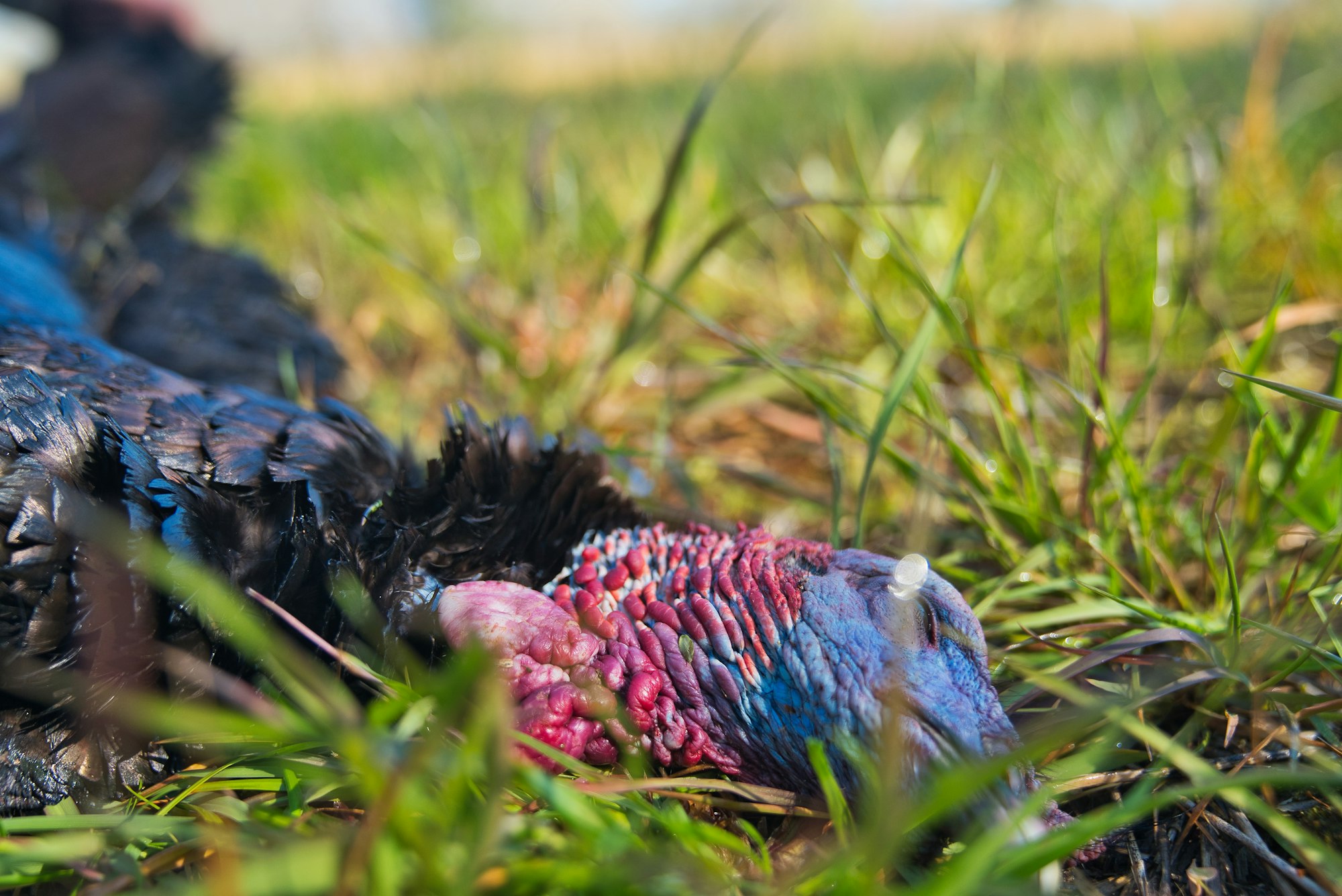
Also, check out our other articles:
